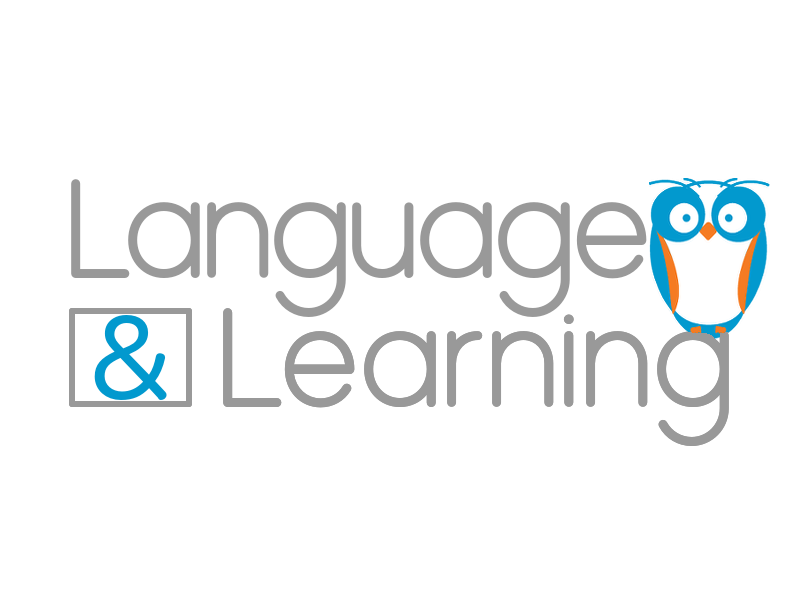Many of our students have trouble explaining information. Why is this? Is it because they do not understand what they are talking about? Not necessarily. To understand the “why,” we need to understand the context of what is expected from them. As students progress through elementary school, learning shifts from learning through stories to learning through textbooks and lectures. Stories, also called narratives, have a highly predictable structure, but textbooks and lectures follow a “looser” structure that also integrates newly learned vocabulary. The shift from narratives to informational styles occurs in both oral and written language, meaning students have to be able to read, listen, write, and speak in a new way. This shift in learning happens alongside the “4th grade slump“ when reading comprehension scores tend to drop. Research has also shown a deficit between students’ listening comprehension of informational structure as compared to listening comprehension of narrative structure. This drastic difference between narrative comprehension and informational structure comprehension happens across the board, impacting neurotypical students and students with learning disabilities. But imagine how much further behind this puts our children with language-based learning disabilities!
Many of our students, already at a linguistic disadvantage, now also struggle while explaining new and complex concepts. How can we help them show what they know in classroom discussions, in self-talk while studying, and in explaining their own novel ideas? Explicit instruction of the name, purpose, and keywords of each informational structure is an empowering starting point (see the chart below).
|
Name |
Purpose |
Keywords |
|
Sequence |
Tells what happened or how to do something |
First, next, then, finally, before, earlier, following, until, eventually |
|
Description |
Tells attributes or features of the topic |
defined as, called, labeled, is someone who, is something that |
|
Enumeration |
Gives a list about a topic |
Some examples are, there are several, for instance, for example |
|
Compare-Contrast |
Shows how two or more things are the same or different |
In contrast, on the other hand, by comparison, whereas, similarly, same, different, but, yet, although, both |
|
Cause-Effect |
Gives reasons for why something happened |
Because, as a result, affected, resulted in, since, hence, cause, effect |
|
Problem-Solution |
Tells a dilemma and offers a remedy or remedies |
One problem, the issues are, a solution, solved |
Although this strategy is just starting to be formally researched in students with language-based learning disabilities, it has been shown to increase information recall (lliot, 1980; Meyer, Brandt, & Bluth, 1980; Newcomer & Barenbaum, 1991) and improve writing (Armbruster, Anderson, & Ostertag, 1987; Rinehart, Stahl, & Erickson, 1986) in typically developing students. In my clinical experience, direct teaching of informational text structures has given my students a place to start. They work to identify the purpose of what they want to share, pick the keywords that naturally help create complex sentences inherent to that structure, and can communicate more clearly. I have also found that this strategy can be easily adjusted to meet students where they are, and further tweaked to help them advance.
Using informational text structures as a strategy also allows a student to practice integrating other language skills they may have been working on, such as using specific vocabulary or using complex grammatical structures. And, although I am speaking specifically about the oral expression of information, explicitly learning and using informational text structures can be applied to listening, reading, and writing. It’s an effective academic tool.
The ability to clearly communicate various informational text structures is a skill that will be used throughout a person’s life. In a job, they will need to be able to identify problems and explain their ideas for solutions, explain the steps of a task, or explain how one event made another happen. Increasingly, careers are based in collaboration, which requires a strong ability to communicate with others. By starting to bolster students’ ability to share information earlier in their academic lives, they can better master this challenging aspect of communication that bleeds from speaking into reading, writing, and listening.
